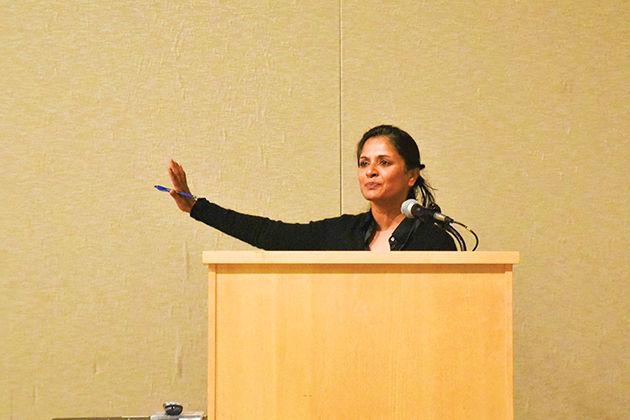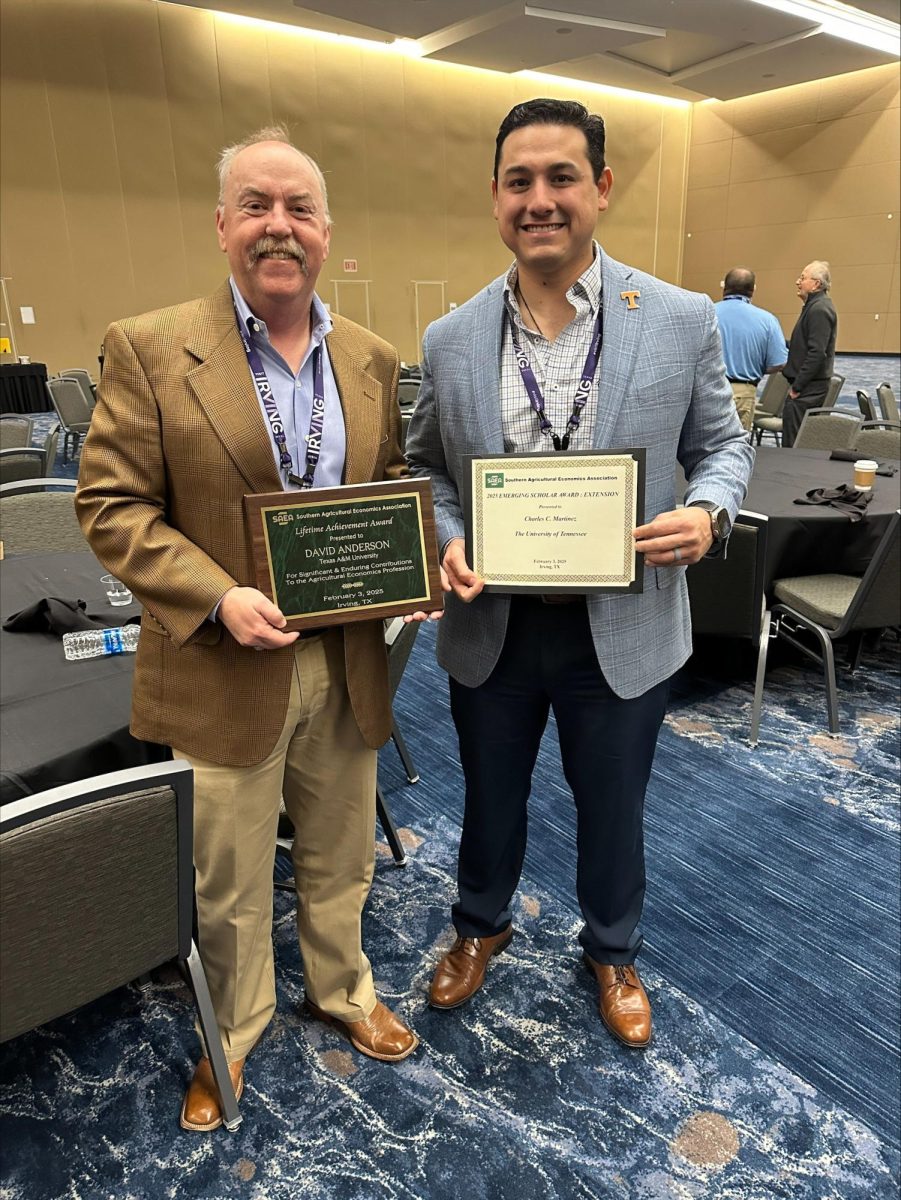The history of the East and the West intersected briefly Monday, as students viewed and discussed an Indian adaptation of William Shakespeare’s “Hamlet.”
“Haider” is an Indian crime drama that reset’s Shakespeare’s play in the Kashmir insurgencies of 1995. Students and those interested viewed the film and afterward participated in a discussion led by Nandini Bhattacharya, a professor in the Department of English, that focused on the diversity of Shakespearean representations on film. The event aimed to provide a forum for students to learn and discuss Shakespeare in adaptation.
Bhattacharya said she hopes students who attended the Shakespeare adaptation were open to interpreting “Hamlet” differently than they originally had.
“This adaptation doesn’t only replay Shakespeare’s original ‘Hamlet,’ but it encourages us to think about the original ‘Hamlet’differently than how it is traditionally understood, and to think of the possibilities why the characters do what they do,” Bhattacharya said.
The most important message students can receive from the screenplay is that in this time period it is not acceptable to think only for one culture, said Bhattacharya. Rather, she said, students have to think about how we all connect and impact other parts of the world.
“I really want students at A&M to understand that especially in the times that we are living we can no longer think in terms of single cultures, single nations or West versus East,” Battacharya said. “Although those may still be true, we really have to think about how we impact and connect with other parts of the world.”
Krista May, an editor for the World Shakespeare bibliography, said the screenplays give students the opportunity to see Shakespeare in a light that most viewers would not expect.
“We have films from different countries, different ethnic and social groups, also documentaries,” May said. “We are doing what we call alternative Shakespeare’s which is the Shakespeare that people may not expect.”
Bhattacharya said when Shakespearean works are adapted to bridge the Eastern and Western worlds, a dominant narrative and visual strain often result. In the film it is important to focus on these areas that cause a feeling of unease, she said.
“In the very texture of the visual or the images of this film, this imagery comes as a shock to us and fundamentally to the idea of what politics are,” Bhattacharya said. “This shows a political context where violence is the dominant force.”
Rene Chidozie, psychology sophomore, said she viewed the screenplay as a new experience even though theatre was new to her.
“This is my first time to a screenplay, but I was really excited to watch the film and have always had an interest in theatre arts,” Chidozie said.
Prof discusses Indian ‘Hamlet’ adaptation
March 21, 2016
Photo by Photo by: Valerie Gunchick
Nandini Bhattachanya talked about diversity in shakespearean adaptations at a screening of “Haider” Monday.
0
Donate to The Battalion
$2790
$5000
Contributed
Our Goal
Your donation will support the student journalists of Texas A&M University - College Station. Your contribution will allow us to purchase equipment and cover our annual website hosting costs, in addition to paying freelance staffers for their work, travel costs for coverage and more!
More to Discover










